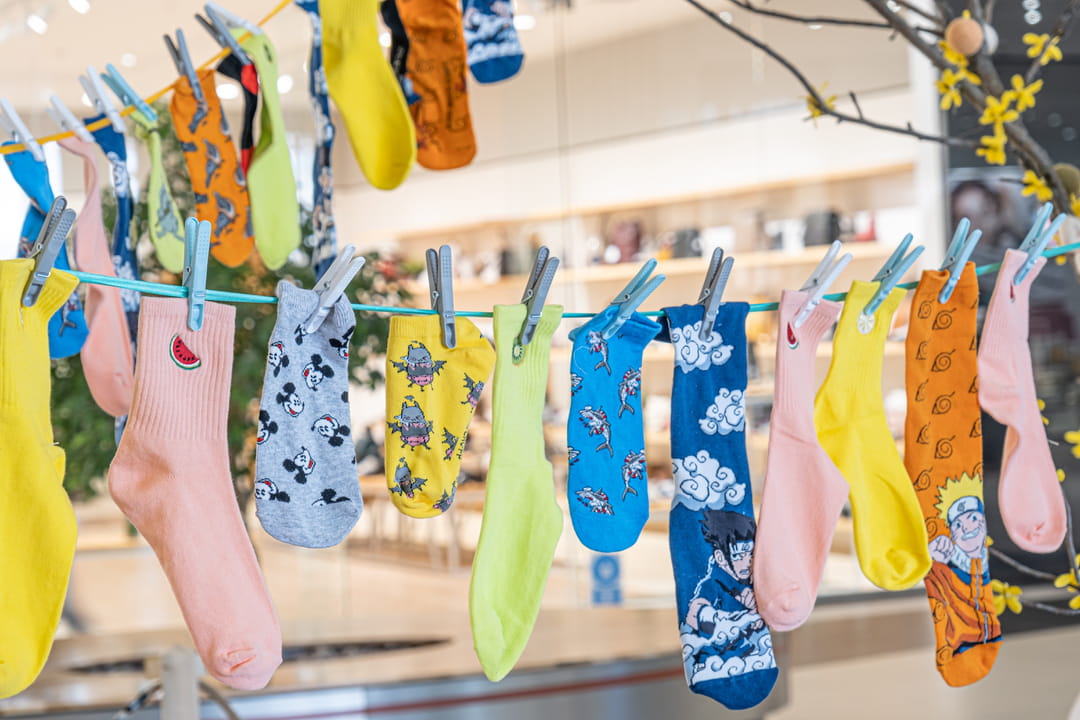Some change them every day, others keep them for a week. Clean or dirty, how often should we wash our socks?
The socks. We rarely think about them, but they are essential to the health of our feet. In addition to protecting them, they help wick away the perspiration accumulated while walking. They are a major ally of our physical comfort. But be careful, there are a few rules to follow: the size, material and even color of our socks can have negative effects on our hygiene. This is why, if they are too big, too small or have holes, it is better to get rid of them.
When they don’t wrap the foot properly, socks can slip inside the shoe and cause a blister or callus. And if they are too tight, they risk restricting blood circulation. Socks, sleeves or compression stockings are the only exceptions, thanks to their effects on venous return. In any case, it is necessary to find a pair adapted to the shape of our feet.
When it comes to the choice of material, it all depends on the consumer’s expectations. Socks are mostly made of cotton, wool or polyester. Generally speaking, natural fibers wick away perspiration more easily. Even if wool tends to be avoided in summer, it has significant thermoregulatory effects. Conversely, synthetic fibers like nylon or polyester prevent sweat from escaping, causing rather unpleasant odors.

All colors are more or less good to take, but it is better to avoid black socks. Indeed, they can rub off on our feet and nails, causing irritation, even atopic dermatitis (a skin disease causing itching), or an allergic reaction.
The frequency with which you need to change them is essential: normally, it is better to change your socks every day, but in some cases, this is not enough. During the day, sweat and sebum accumulate, creating a conglomeration of bacteria on our feet and, by extension, on our socks. In this state, they can cause fungal infections which must be treated. As athletes are particularly affected by these skin infections, it is recommended to change socks after each physical effort. It doesn’t matter if they look dirty or not.
Likewise, if they have holes, blisters may appear and dirt may form in the area concerned. In good condition, socks already need to be replaced every three to six months, but in case of wear, experts call for being uncompromising and throwing them away directly.
